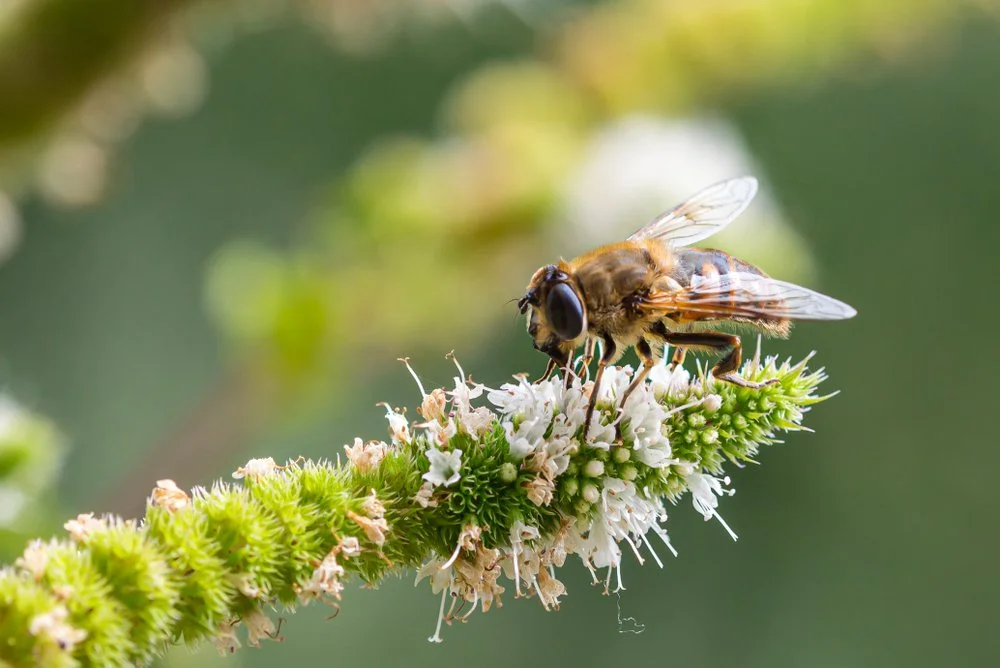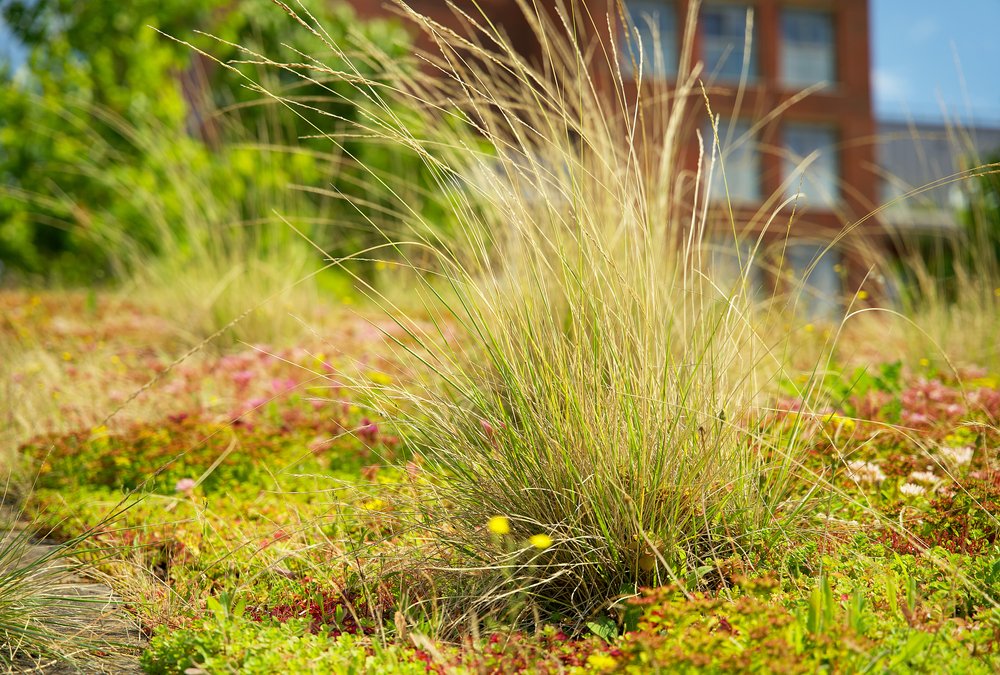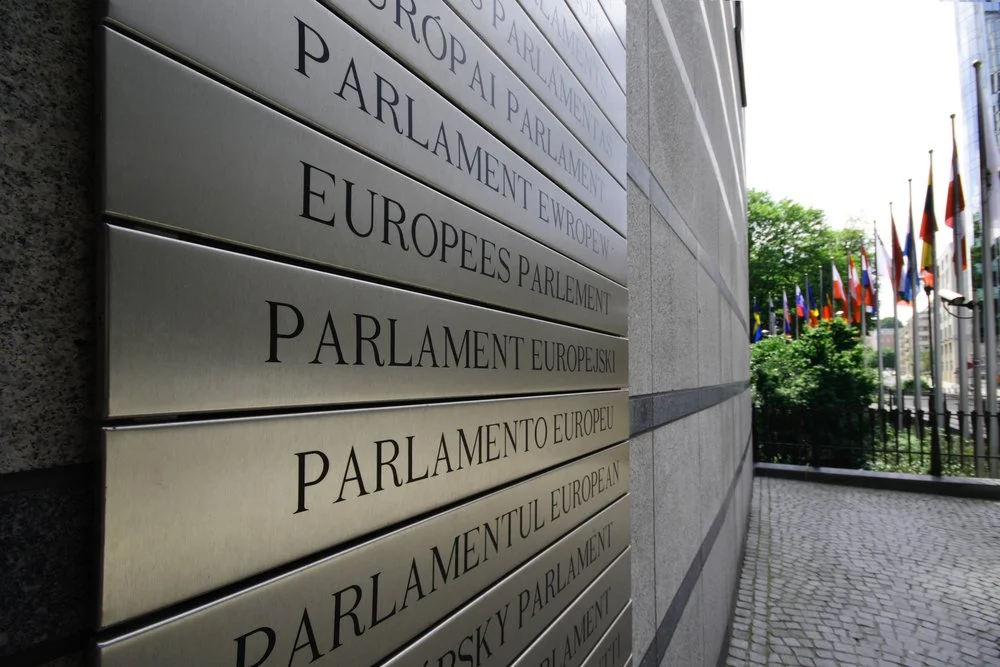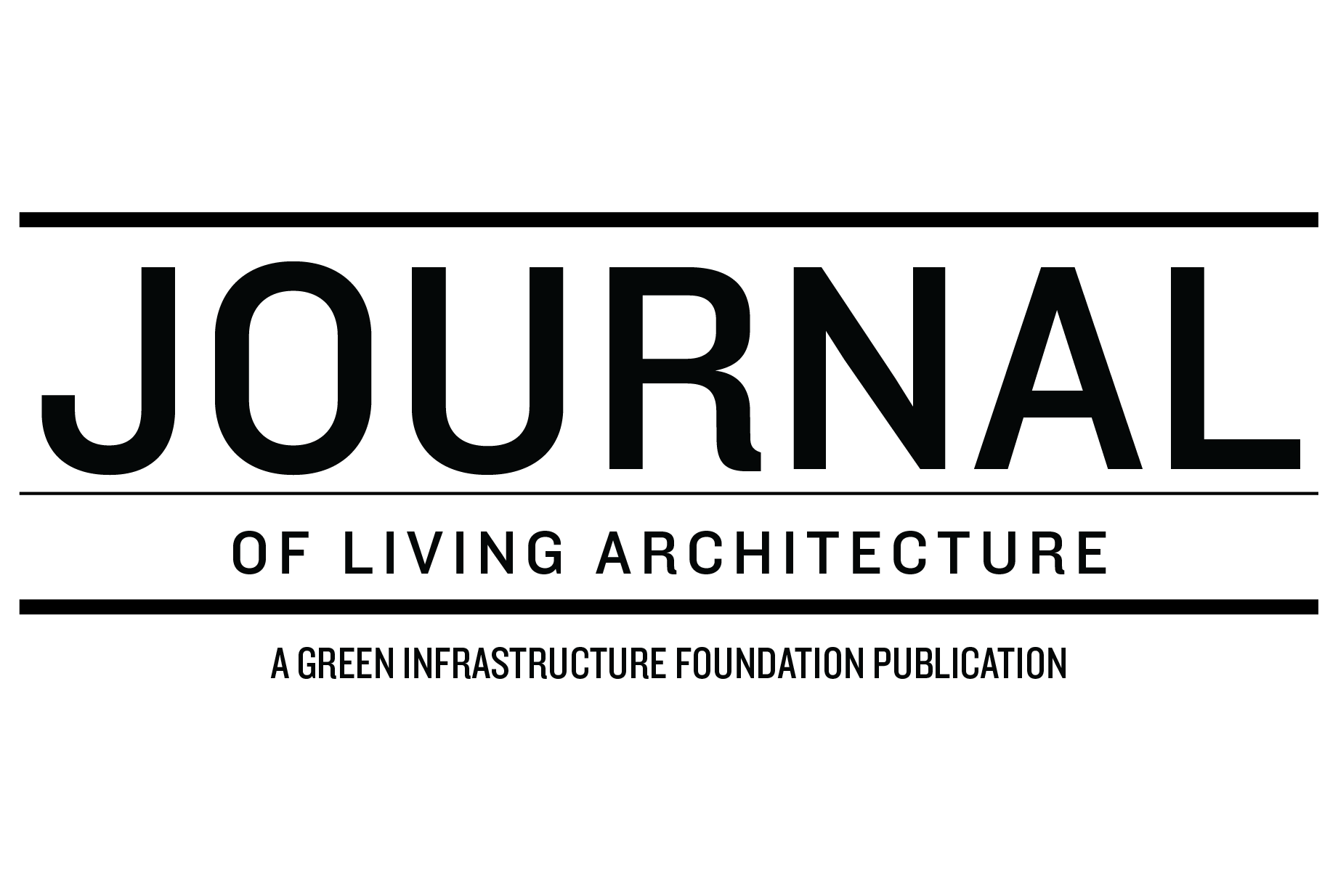Urban Biodiversity Targets Lay the Ground for Holistic Exploitation of Rooftops in European Cities
Advertisement
Green and blue infrastructure give an essential contribution to urban biodiversity.
Macro of a honey bee (apis mellifera) on a mint (menta piperita) blossom with blurred bokeh background; pesticide free environmental protection save the bees biodiversity concept.
Back in May 2020, the European Union presented its biodiversity strategy for 2030 – a comprehensive plan to protect nature, reverse the degradation of ecosystems and put Europe's biodiversity on a path to recovery by 2030. The strategy recognises that greening urban and peri-urban areas is a refuge for nature and provides a wide range of benefits for people. The strategy announced that the European Commission will have put forward - subject to an environmental, social, and economic impact assessment - a proposal for legally binding EU nature restoration targets to restore ecosystems and help to increase biodiversity, mitigate and adapt to climate change, and prevent and reduce the impacts of natural disasters.
Blooming sedum roof garden on a sliding roof in the summer in an urban environment.
With nearly half of the EU population projected to live in urban areas by 2050, greening cities an increase urban biodiversity is a must. Green urban spaces, from parks and gardens to green roofs and urban farms reduce air, water and noise pollution and provide protection from flooding and heat waves. The green transformation of cities provides opportunities for businesses to invest in sustainable growth that contributes to the green transitions of urban areas. Finally, a growing body of scientific evidence shows the value of the connection between humans and nature and the benefits for physical and mental wellbeing.
We are at a defining moment. Last week, on June 22, the European Commission proposed a Nature Restoration Law and in that framework it proposed unprecedented legally binding urban biodiversity targets. Such targets are intended to boost a systematic integration of vegetation into urban planning, including in public spaces, infrastructure, and in the design of buildings, in particular of their roofs and facades, and their surroundings.
In more detail, Article 6 of the proposed law sets targets for ensuring that there is no net loss of urban green space, and of urban tree canopy cover by 2030 (compared to 2021), in all cities and in towns and suburbs. In addition, the law sets an obligation for Member States to increase the total national area of urban green space of at least 3 % by 2040, and at least 5 % by 2050 (compared to total green spaces in 2021) in order to reach a minimum of 10 % urban tree canopy cover by 2050.
Advertisement
The European Union is not new to setting legally binding targets to reach environmental goals and tackle climate change. Over the last two decades, for example, energy and climate targets have driven the reduction of energy consumption and GHG emissions. The overall goal of the European Green Deal is to reach a climate neutrality target by 2050.
Urban biodiversity targets would help to fully exploit and define the purpose of billions of unused square meters of rooftops in European cities. The potential use of rooftops has been under the spotlight in the past weeks. The European Commission recently proposed a plan to break free from Russian fossil fuel imports by 2030 at the latest. As part of this gigantic challenge the Commission proposed to increase the existing legally binding renewable energy target and require mandatory solar installations on all buildings by 2029.
The urban biodiversity targets in the Nature Restoration Law are a timely complement of this solar rooftop initiative as biosolar roofs, integrating solar installations and vegetations, can contribute to reach both renewables and urban biodiversity targets.
The Nature Restoration Law is an example of how European policies and laws can orientate the holistic transformation of urban areas addressing simultaneously energy, the built environment, water management and mobility.
Along the same lines, other good examples include the Energy Performance of Building Directive (EPBD) and the Urban Waste Water Treatment Directive (UWWTD). The first, the EPBD, is a set of rules aimed to accelerate building renovations and the decarbonisation of the EU building stock. Following a recent proposal to revise the rules issued by the European Commission, Irish Member of Parliament Ciaran Cuffe suggested a series of integrations to the text of the European Commission proposal, including the consideration of green infrastructure in the construction of new buildings and major renovations for climate adaptation strategies. The second, the UWWTD, a 30-year-old set of rules to manage waste water is due to be revised by the end of the year and seems it will acknowledger the tole that green infrastructures can play for decentralised stormwater management and reduction of urban runoff.
European parliament written in all the languages from the European Union, on the front wall of the main building - Brussels, Belgium
The policy and regulatory framework is in evolution and opportunities will pop up. The Nature Restoration Law proposal will now enter the ordinary legislative procedure which opens a phase of negotiations with the European Parliament and the 27 Member States of the European Union. The procedure will roll out over the next 15-18 months. Same process for the revision of the Energy Performance of Building Directive whose timeline is more advanced with negotiations due to be concluded by mid 2023.
It is busy time. We have to roll up our sleeves to help the European legislator understand the crucial role that nature and vegetation can play to solve many of the today’s problems in densely populated areas.
Advertisement
Luigi Petito, 45, father of two, is an expert in European public affairs. He is based in Brussels, cross-roads for international affairs and the European Institutions. In 2019 he was invited to establish and lead the European (EU) Chapter of the World Green Infrastructure Network. Since then, he follows EU policy and regulatory developments related to green infrastructure and advocates for a systematic integration of green infrastructure in urban areas.







